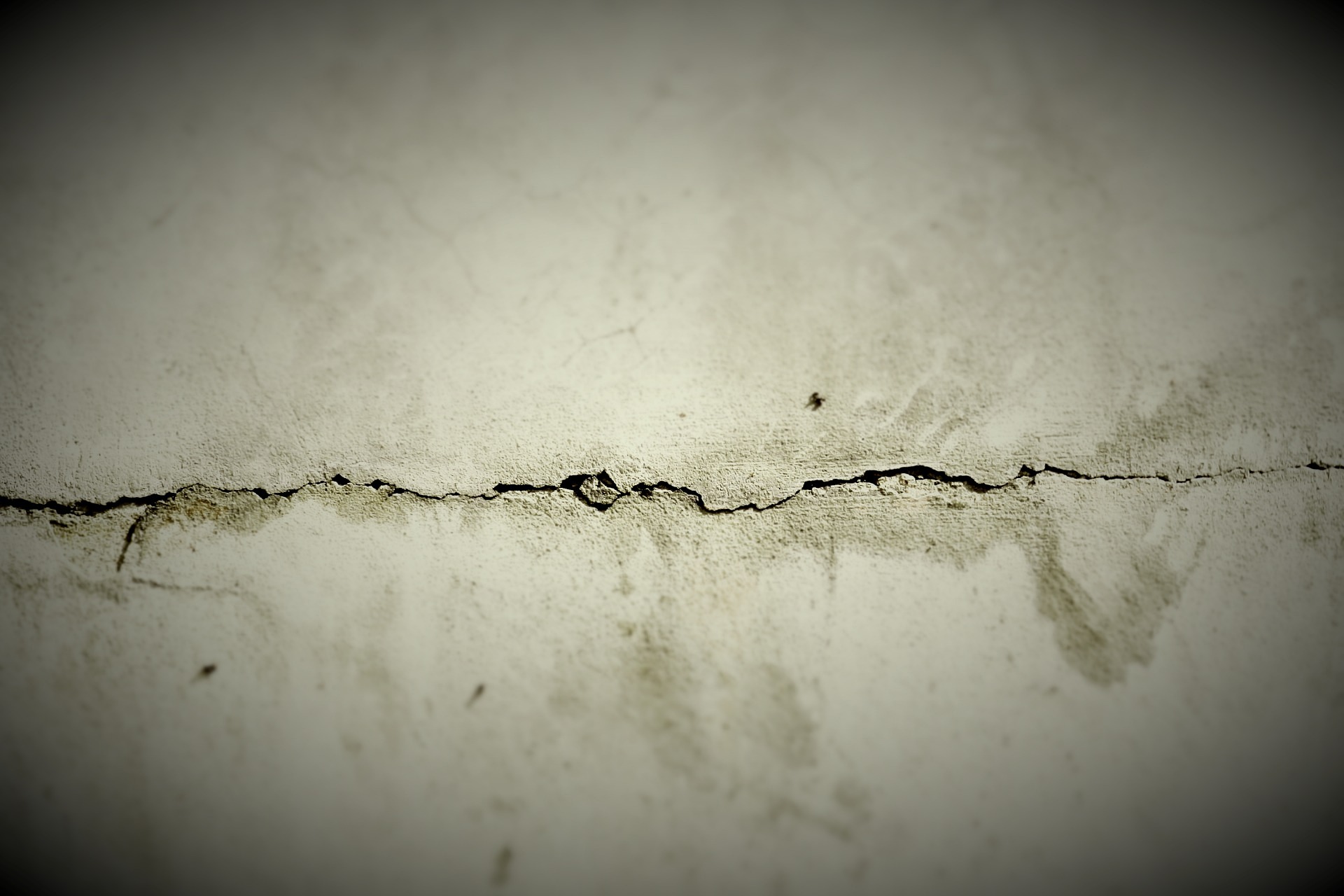Concrete Crack Repair: Causes, Assessment, and Repair Options
Concrete cracks are common but vary widely in cause and seriousness. Small surface hairline cracks often result from shrinkage as concrete cures, while larger or patterned cracks can signal settlement, loading problems, or water damage. Understanding the cause, assessing severity, and choosing an appropriate repair method helps protect structural integrity and prolong the useful life of slabs, walls, and foundations.

Why concrete cracks form
Concrete is strong in compression but weak in tension, so cracking is usually a response to tensile stress. Common causes include plastic or drying shrinkage as water evaporates, thermal expansion and contraction, settlement of underlying soil, heavy loads, or corrosion of embedded reinforcement. Environmental factors such as freeze–thaw cycles and repeated wetting and drying also contribute. Identifying whether a crack is active (continuing to grow) or dormant helps guide whether a cosmetic or structural solution is needed.
How to assess crack severity
Assess cracks by noting width, length, depth, pattern, and whether they transmit water. Hairline cracks are typically under about 3 mm (1/8 inch) and often cosmetic; cracks wider than 6 mm (about 1/4 inch) or those that step through joints, appear in repeating patterns, or show displacement require closer attention. Measure changes over time with a datum or crack gauge to detect movement. Water infiltration, spalling, exposed rebar, or misaligned surfaces indicate more significant issues and warrant professional assessment.
When to call a structural professional
If cracks suggest foundation settlement, wall bowing, misaligned doors/windows, persistent water ingress, or exposed/corroded reinforcement, consult a structural engineer or qualified contractor. Local services that offer foundation diagnostics can perform soil tests, slab-level surveys, or structural evaluations. Professionals can determine whether underpinning, reinforcement, or demolition and replacement are necessary. For safety-critical structures, a documented assessment helps prioritize repairs and informs any needed permits or insurance claims.
DIY repair methods
For small, non-structural cracks, do-it-yourself methods can be appropriate when done carefully. Typical steps include cleaning the crack of dust and loose material, widening or routing it slightly to create a predictable profile, and applying the right repair material: flexible sealants for moving cracks, epoxy for narrow, dry structural cracks, or cementitious patching for shallow surface defects. Follow manufacturer instructions for surface prep and curing. DIY repairs are cost-effective for minor issues but require proper techniques to avoid trapping moisture or failing prematurely.
Professional repair techniques
Contractors use several proven techniques depending on crack cause and location. Epoxy injection restores structural continuity in narrow, dry cracks. Polyurethane or hydrophobic foams are used to stop active water leaks because they expand and bond in damp conditions. Stitching with steel bars can bridge wider cracks, while routing-and-sealing and surface overlays address movement joints and wear. For foundation settlement, underpinning, grout injections, or slab jacking may be required. Choose a contractor experienced with the specific method and who can explain expected performance and warranty terms. Consider consulting local services in your area for quotes and references.
Maintenance and prevention
Regular maintenance reduces the recurrence of cracks and extends concrete life. Keep drainage systems functioning to prevent water pooling near foundations, maintain consistent moisture levels for large slabs during curing, and avoid heavy point loads on unsupported surfaces. Use control joints during construction to direct shrinkage cracking into planned locations, and apply sealers or membranes where freeze–thaw exposure or chemical attack is a concern. Periodic inspection and timely minor repairs prevent small defects from becoming larger structural problems.
Concrete crack repair spans simple sealant jobs to complex structural interventions. Accurate assessment of the crack type, cause, and activity level guides whether a DIY approach will suffice or whether professional evaluation and specialized repair techniques are needed. Routine maintenance and good drainage practices also reduce the likelihood of future cracking.






